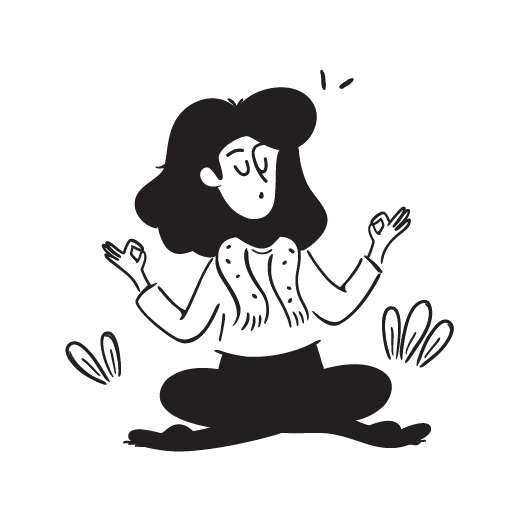Practice for your interview with a big list of sample questions - all for free. Start practicing now.

Videoath Verified.
We routinely check on our resources to ensure they're up to date and continue to be a good reference.
Trusted by 6751 others.
You're in good company. We update this counter to let you know who else completed the prompt.
Review Peer Responses
Preview de-identified and anonymized peers interview responses, providing a rich source of inspiration and insights to refine your own answers.
General Breakdown
Offers an in-depth analysis of interview prompts, providing critical insights such as difficulty level, competencies assessed, and strategic tips. Coming soon!
Expert Response
Watch and learn from experts. Coming soon.
Response Walkthrough
Step-by-step review of good, better, and excellent responses so you know exactly what parts of your responses get you a higher score. Coming soon.
Aggregate Response Score
Compare your response to 100s of peer responses. Coming soon.
Score Breakdown
See how prompts are broken down and reviewed across 1000s of applicants. Coming soon.
You are working on a group project with 5 other students. One of the students doesn‟t show up for meetings or if they do show up - they are late and leave early. They have put no effort into the group project but show up on the day of the presentation and try to take credit for the project. What do you do in this situation?
Your friend tells you that a piece of expensive electronic equipment he had bought for $3000 just two weeks ago had stopped working. The store where he bought it had a 7-day return policy. Your friend goes to the store, buys a new piece of equipment and then returns the old damaged equipment in its place for a full refund. The store is owned by your uncle who is struggling to keep the business going. How would you deal with the situation?
You are a general practitioner and a mother comes into your office with her child who is complaining of flu-like symptoms. Upon entering the room, you ask the boy to remove his shirt and you notice a pattern of bruises on the boy's torso. You ask the mother where the bruises came from, and she tells you that they are from a procedure she performed on him known as "cao gio," which is also known as "coining." The procedure involves rubbing warm oils or gels on a person's skin with a coin or other flat metal object. The mother explains that cao gio is used to raise out bad blood, and improve circulation and healing. When you touch the boy's back with your stethoscope, he winces in pain from the bruises. You debate whether or not you should call Child Protective Services and report the mother. When should a physician step in to stop a cultural practice? Should the physician be concerned about alienating the mother and other people of her ethnicity from modern medicine?
Learn from Great Responses

You have two patients who need an organ transplant and one organ available. One is a 20 year old drug addict and the other is a 70 year old prominent member of the community. Who do you give the transplant to and why? What information will you use to make your decision?








